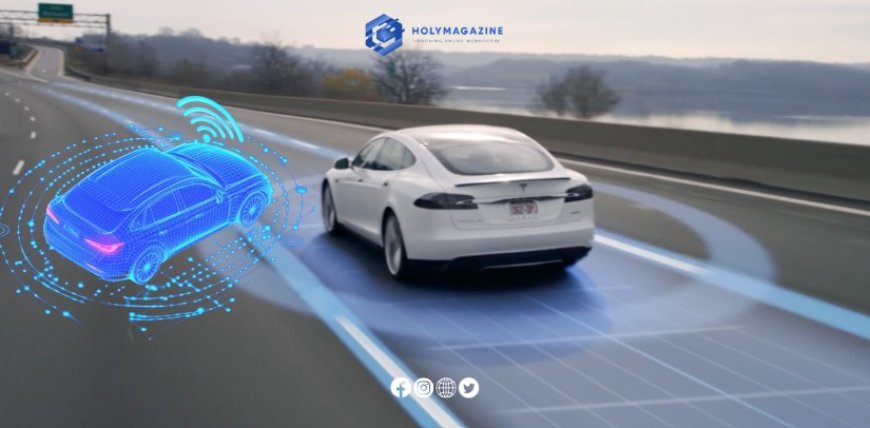The Future of Transportation: V2X Technology Revolutionizes Road Safety and Efficiency
The article provides an in-depth exploration of Vehicle-to-Everything (V2X) technology, a communication system that allows vehicles to interact with various elements in their environment, including other vehicles (V2V), infrastructure (V2I), pedestrians (V2P), and networks (V2N). It highlights the potential of V2X to enhance road safety, improve traffic efficiency, and support advanced driver-assistance systems (ADAS) and autonomous driving.

Vehicle-to-Everything (V2X) technology is poised to transform the transportation landscape, promising enhanced road safety and traffic efficiency. This emerging system, as reported by the U.S. Department of Transportation, enables vehicles to communicate with their surroundings in real-time, potentially preventing thousands of crashes and revolutionizing the way we travel.
The Components of V2X
V2X technology encompasses several crucial communication types that work together to create a comprehensive connected vehicle ecosystem:
- Vehicle-to-Vehicle (V2V): Enables cars to exchange data on speed, location, and direction in real-time
- Vehicle-to-Infrastructure (V2I): Allows vehicles to communicate with traffic lights, road signs, and other connected infrastructure
- Vehicle-to-Pedestrian (V2P): Detects and communicates with vulnerable road users like pedestrians and cyclists
- Vehicle-to-Network (V2N): Connects vehicles to broader cellular networks for accessing traffic information and updates
These components rely on sensors, cameras, and wireless connectivity technologies such as 5G, LTE, and dedicated short-range communications (DSRC) to facilitate seamless data exchange within the transportation ecosystem.
The Benefits of V2X
Implementing V2X technology offers significant advantages for road safety and traffic management. The U.S. National Highway Traffic Safety Administration estimates a potential 13% reduction in traffic accidents with V2V systems alone, which could prevent up to 439,000 crashes annually. Beyond safety improvements, V2X enhances traffic efficiency by optimizing routes based on real-time data, reducing congestion and fuel consumption. This technology also supports the development of autonomous vehicles by providing them with a more comprehensive understanding of their environment, enabling quicker and more accurate decision-making in complex traffic scenarios.
Challenges in V2X Deployment
Widespread adoption of V2X technology faces several hurdles, including the need for standardization across different manufacturers and vehicle models. Currently, many V2X systems only work between vehicles from the same manufacturer, limiting their effectiveness. Ensuring secure and reliable communication is another critical challenge, as the system's success depends on the integrity and privacy of data exchanged between vehicles and infrastructure. Additionally, the deployment of V2X requires significant infrastructure investment, with the U.S. Department of Transportation aiming to have V2X infrastructure in place on 20% of the National Highway System by 2028. Addressing these challenges is crucial for realizing the full potential of V2X technology and its life-saving capabilities.
The Future of V2X
Advancements in 5G technology are expected to significantly boost V2X capabilities, with experts predicting that about 90% of American mobile connections will be through 5G by 2030. This evolution will enable faster and more reliable data exchange, supporting advanced features like remote diagnostics and over-the-air updates. The U.S. Department of Transportation's recent plan aims to accelerate V2X deployment, with goals including V2X infrastructure on 20% of the National Highway System and V2X-enabled signalized intersections in 25% of the nation's largest metro areas by 2028. These initiatives, coupled with ongoing research and development, are paving the way for a more connected and intelligent transportation ecosystem that could revolutionize road safety and traffic management in the coming years.

